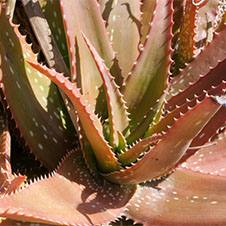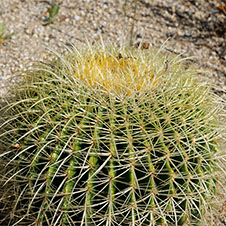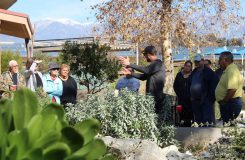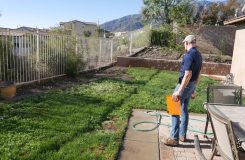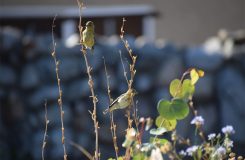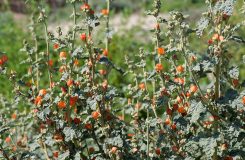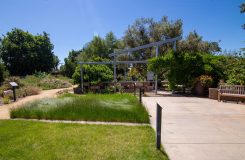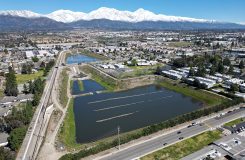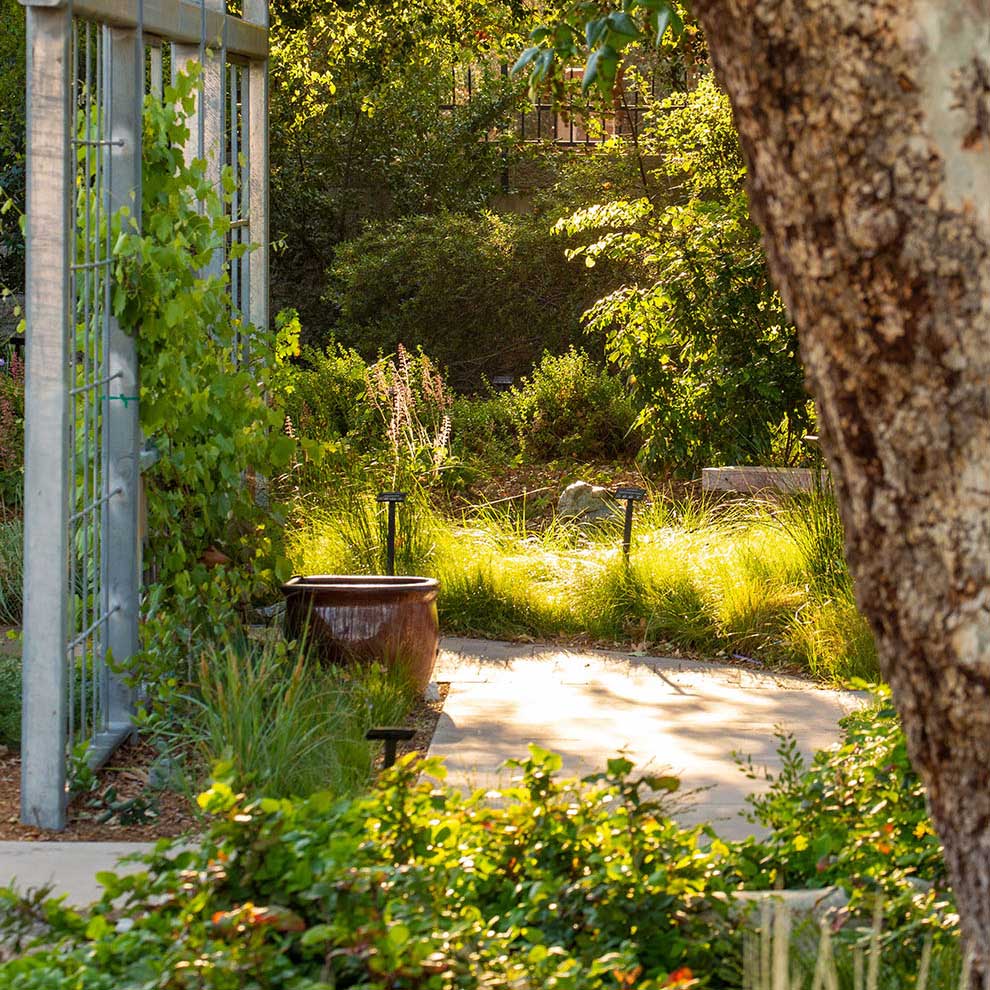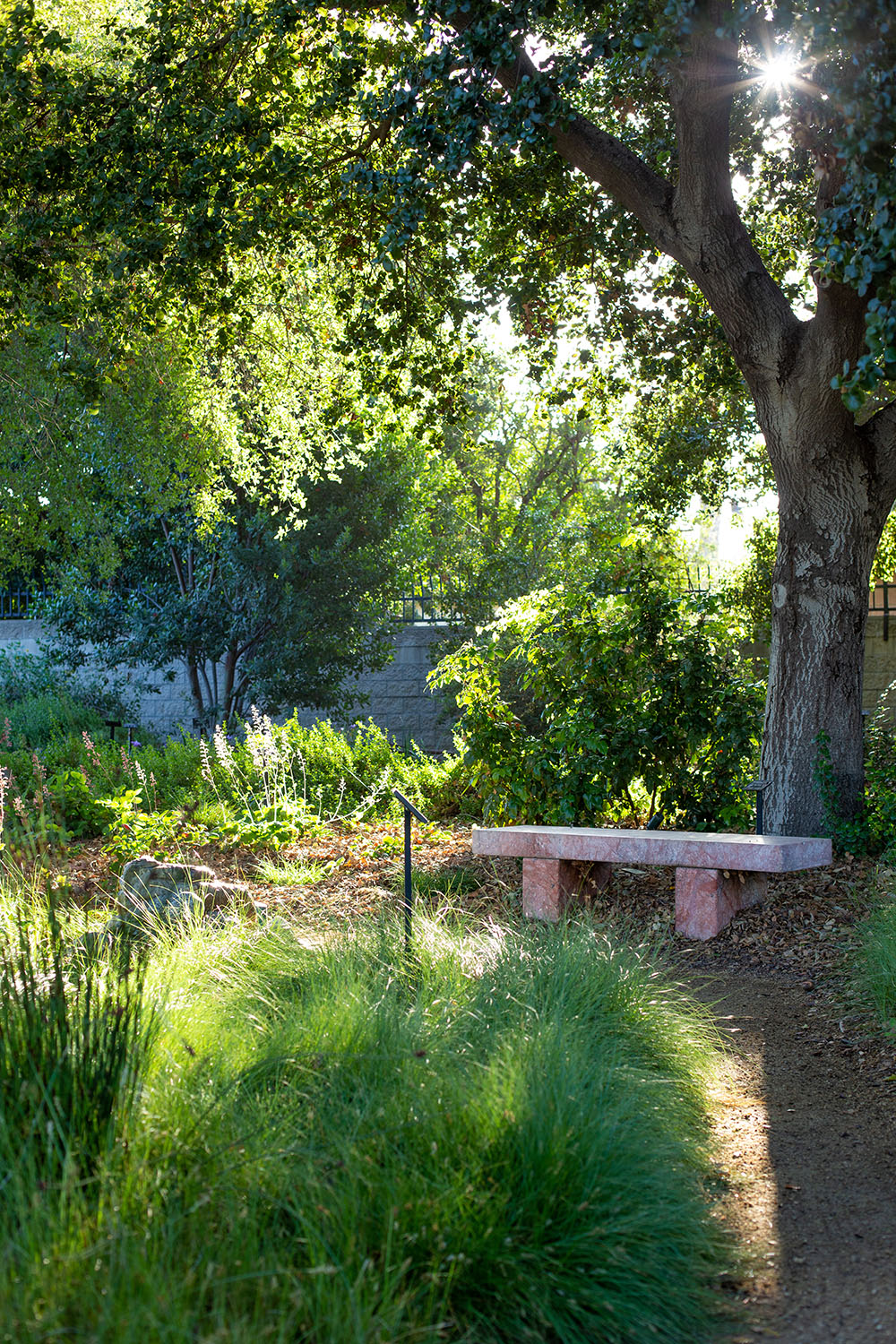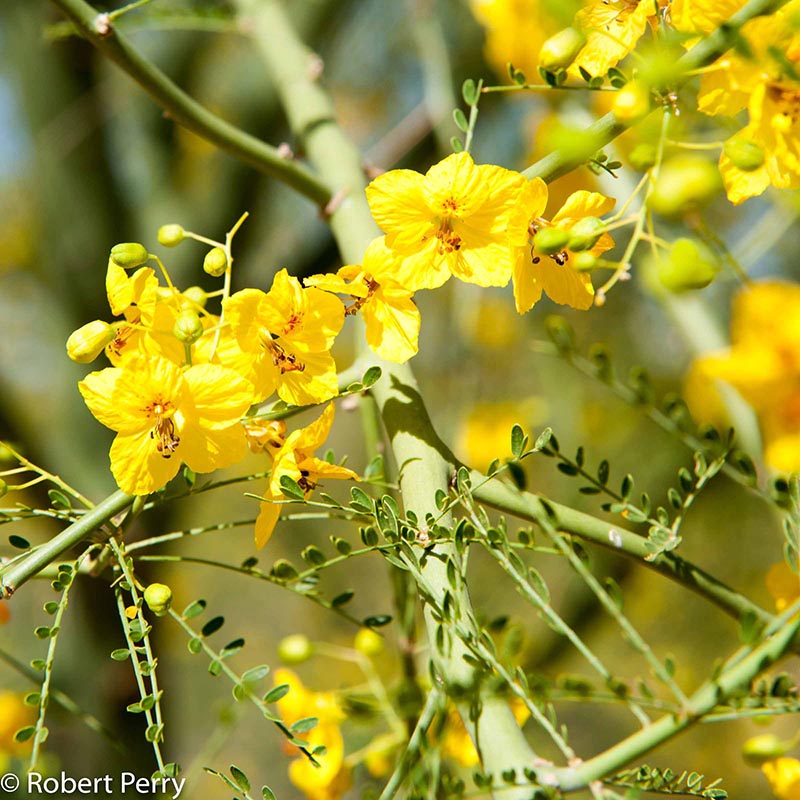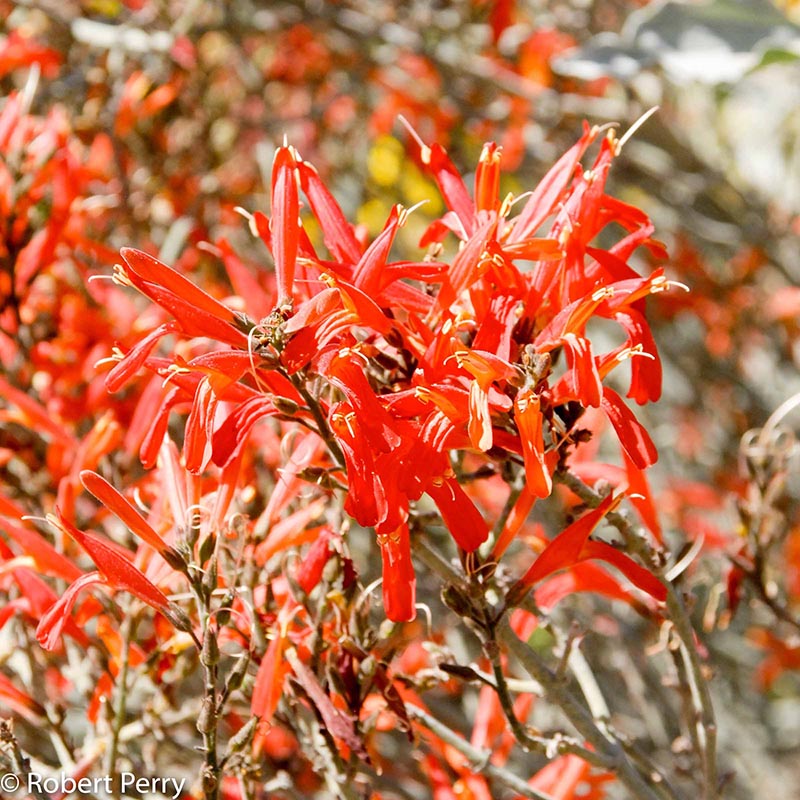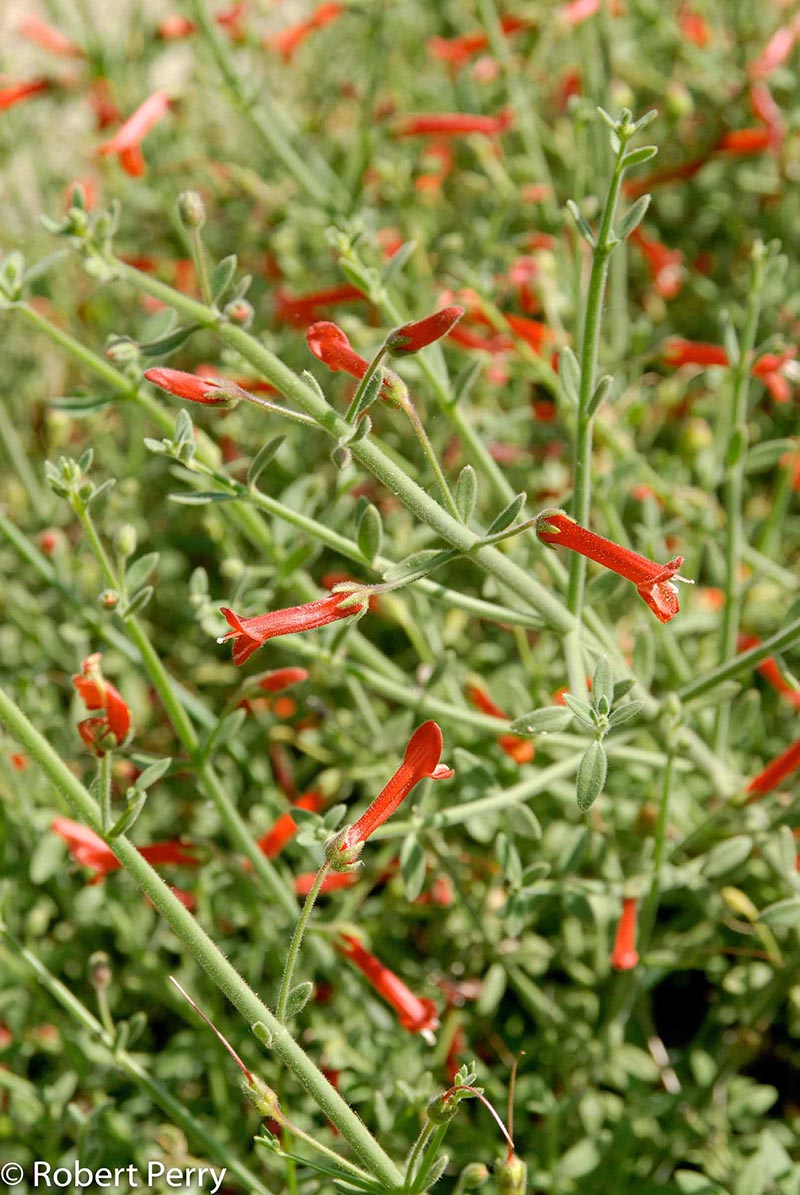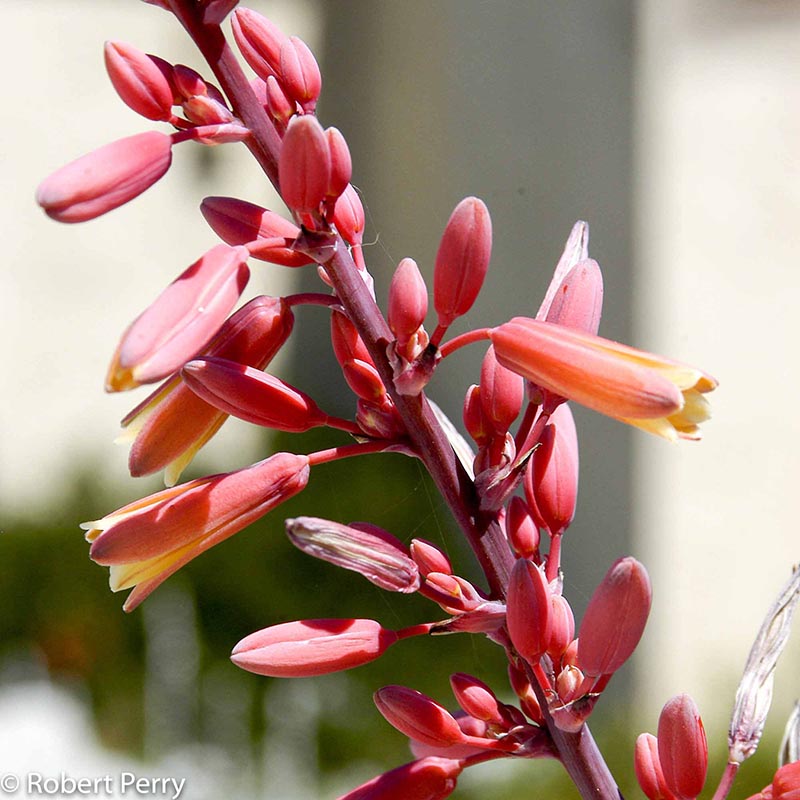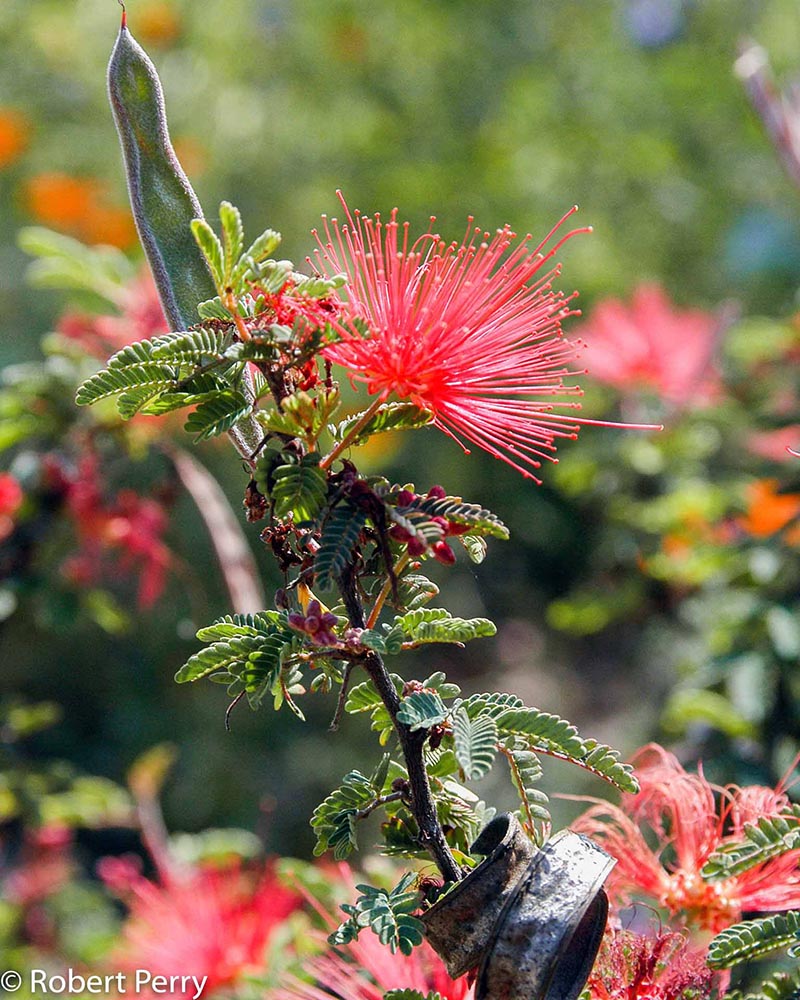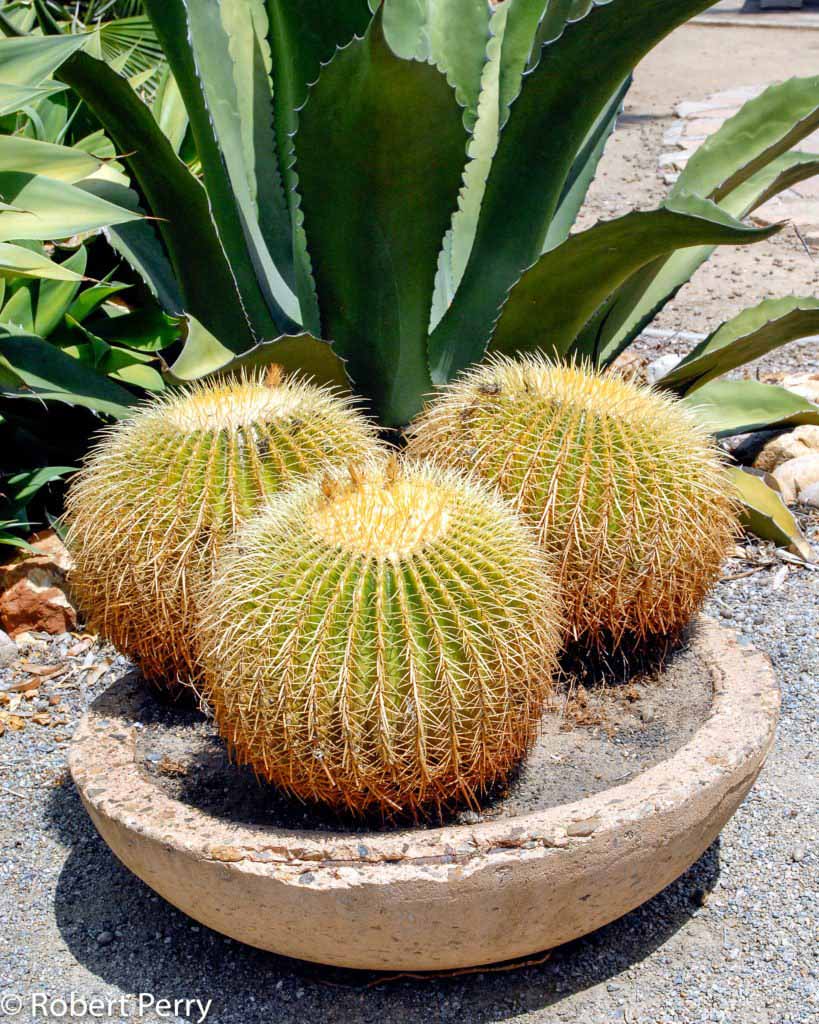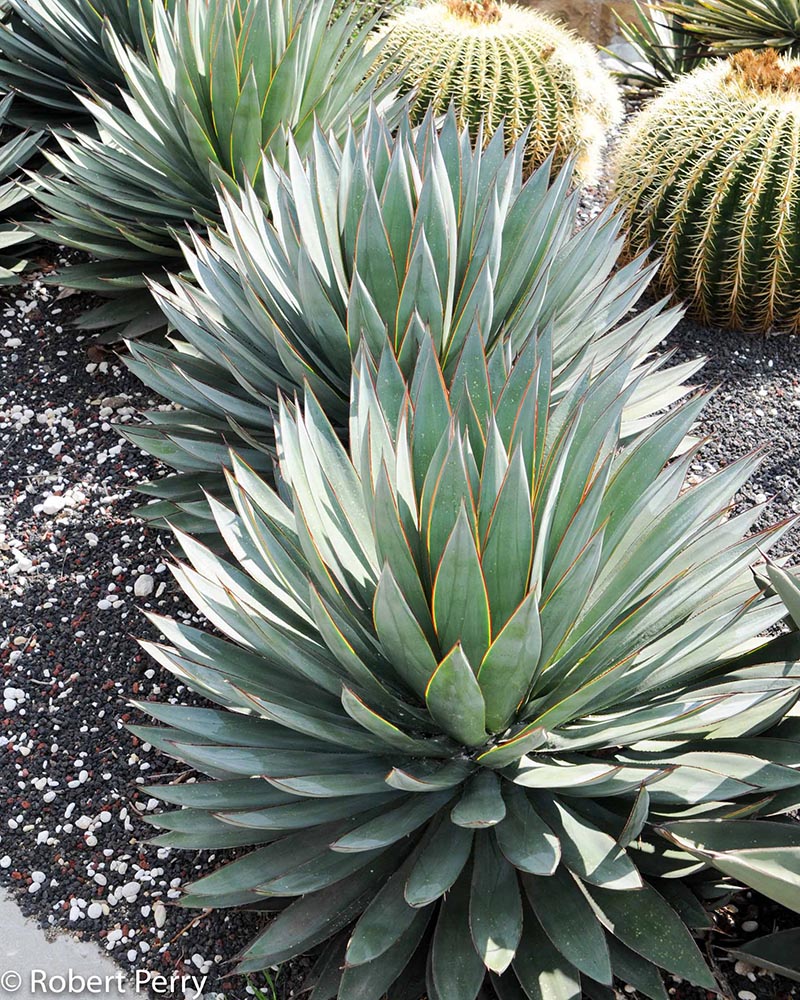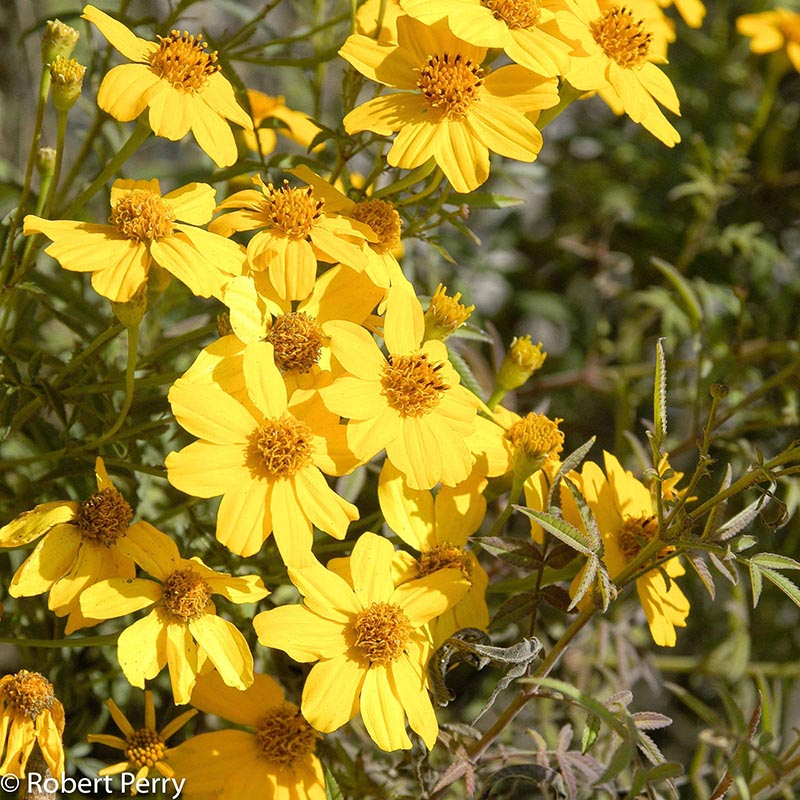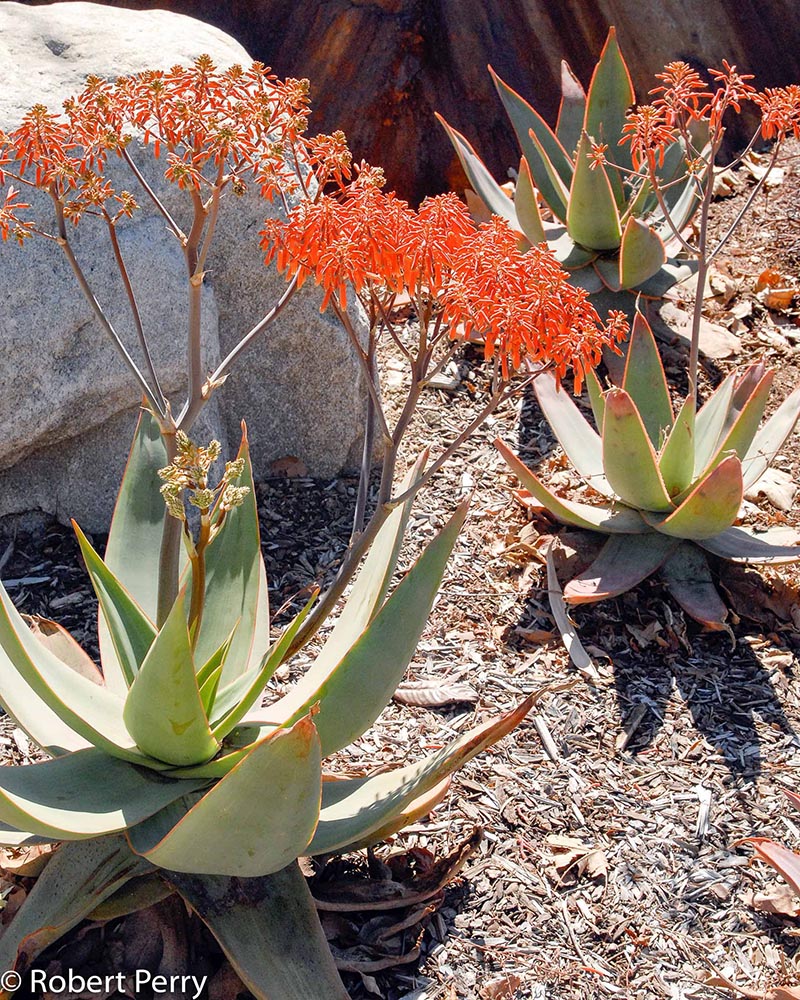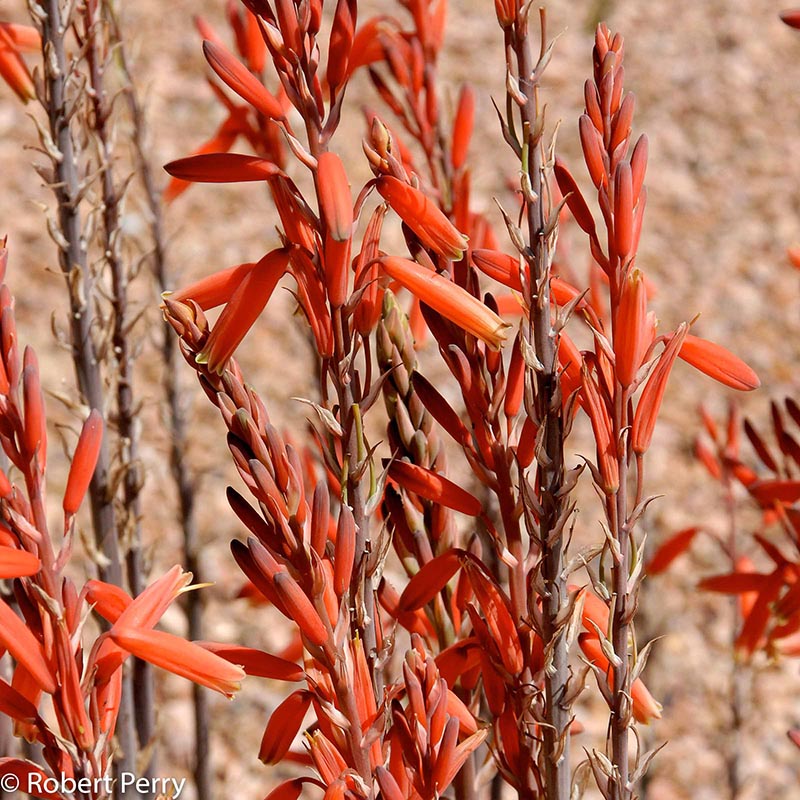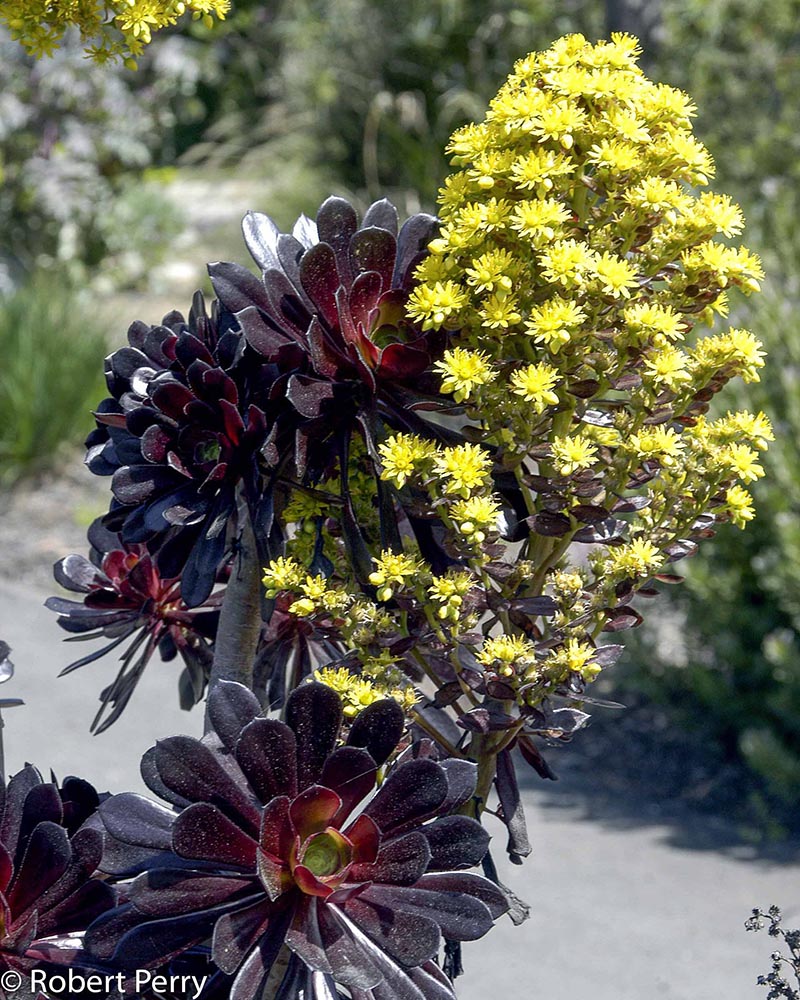Why Consider Succulents In Your Landscape?
Succulent plants, including aloes and agaves, can be either a visual element to contrast the flowering shrubs and smaller plants or the primary focus of the planting design in a waterwise landscape.
MIX AND MATCH
Using Succulents in Your Garden
Most succulent gardens in inland Southern California are watered deeply approximately every other week during the warm season. However, most of them can go longer between waterings, allowing them to be grouped with California native plants that prefer less frequent irrigation.
As long as you follow the principles of “Right Plant, Right Place”, you can mix succulents with California native or Mediterranean plants to provide a sculptural accent, contrast, or focal point. Larger succulents, such as most agaves, might be used individually in this way, whereas smaller choices, such as aloe vera or blue elf aloe, are often most effectively used in groups of three or more, with multiple groups repeated throughout the garden to provide a greater visual impact.
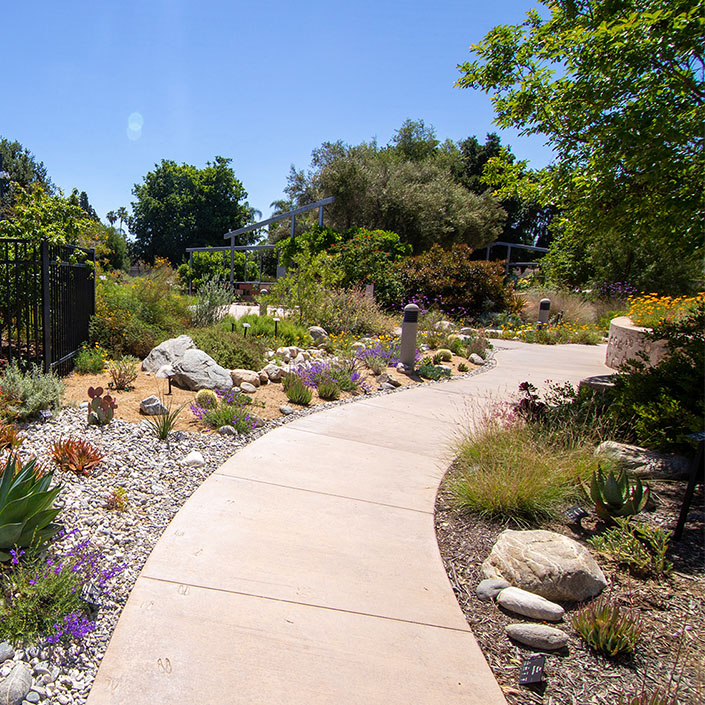

PLANT FOR SUCCESS
Keeping Succulents Happy
Most succulents commonly available in nurseries will thrive with good drainage (see Right Plant, Right Place section for details), the right amount of sun (either full or partial sun, so be sure to look up each plant’s requirements), and an occasional deep watering (usually once per week the first year, then every two weeks or longer after that).
Some succulents are damaged by frost, so if you live in an area that commonly gets frost in the winter, be sure to look up whether the plant you are considering is “frost sensitive.” If so, find an alternative.
Top Categories of Succulents for Home Gardens
